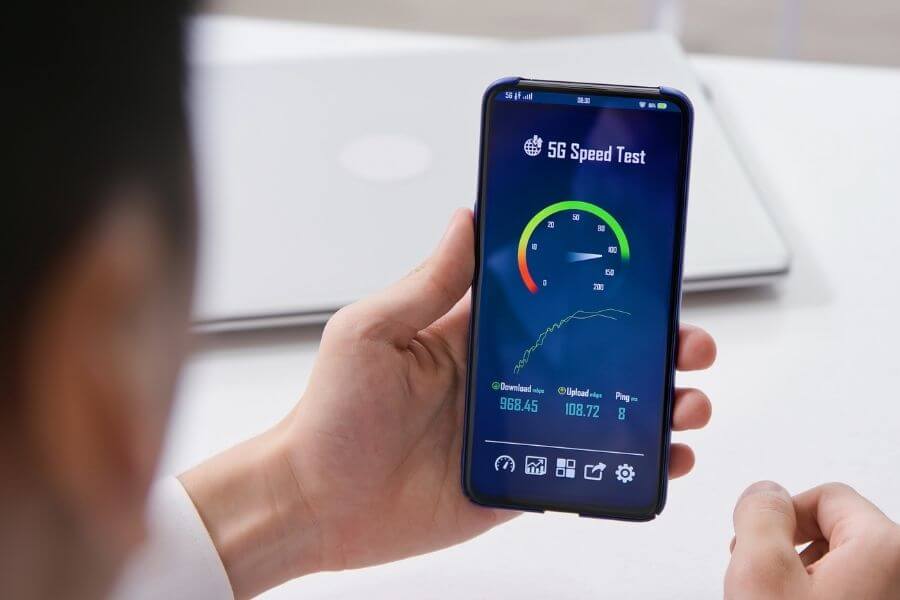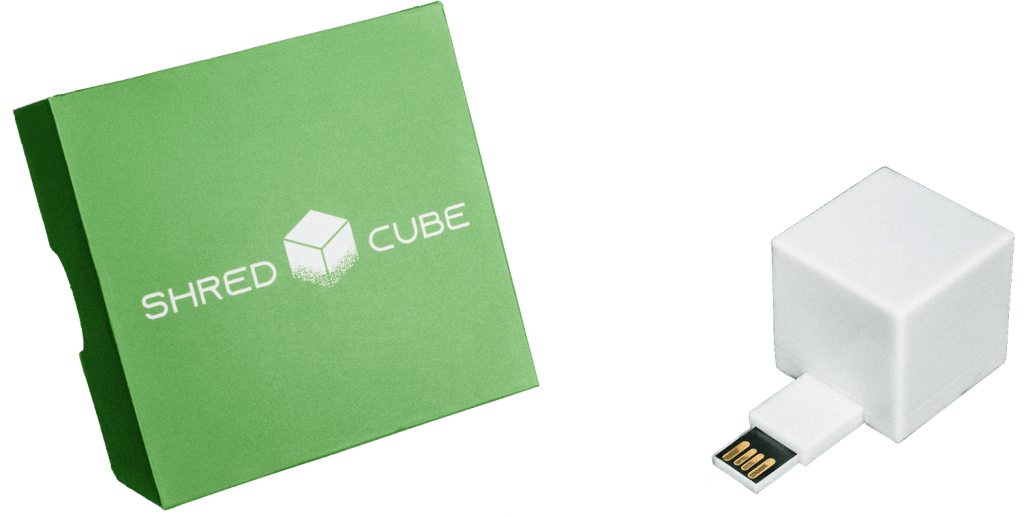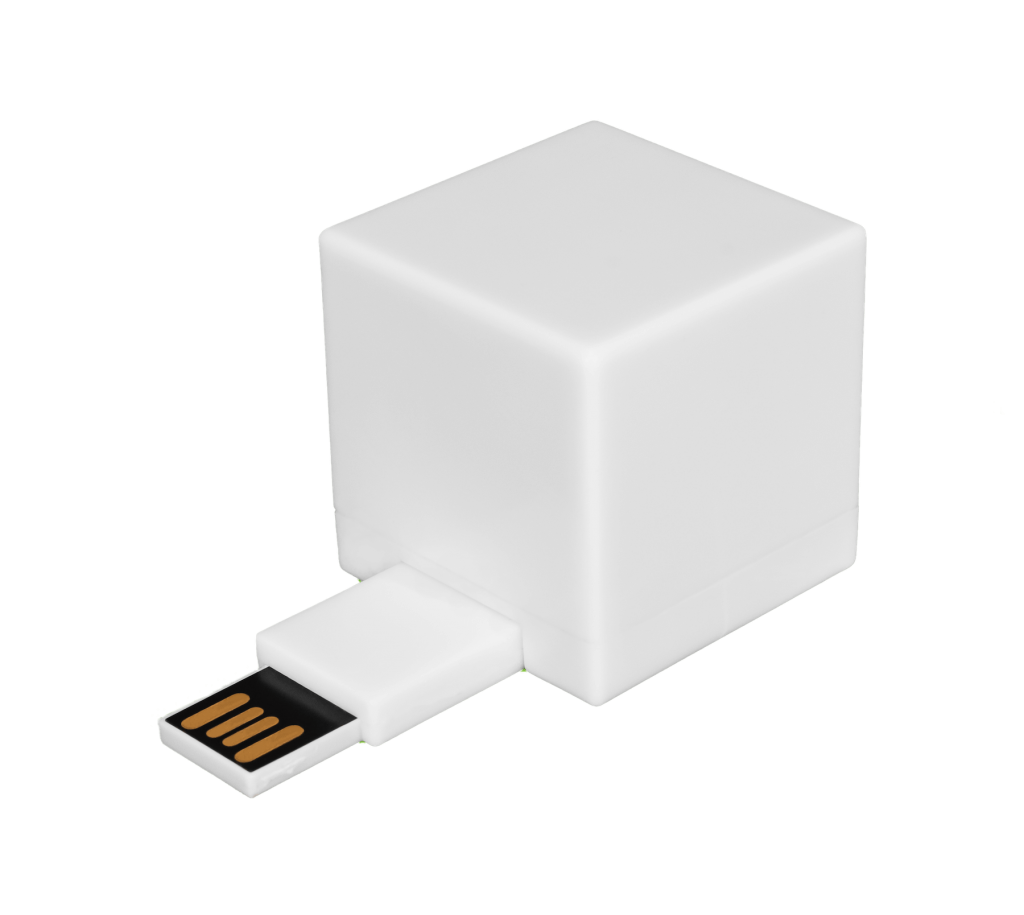High-bandwidth activities like streaming, conferencing, and gaming depend on excellent internet speeds and low latency. This combination gives you the best performance, and you’ll avoid having to experience a lag in data transfer.
Ping rate is another term to know – and something you never want to be too high. Ping rate measures latency, or the speed at which a signal is sent to or from your device. The speed of your internet connection ultimately impacts ping the most, but other factors may be at play, including the amount of data being transferred or the number of devices on a network at once.
High ping means it’s taking longer for a signal to be transmitted and sent back to your computer. This is why lowering ping can help when you’re experiencing a lot of lag, whether you’re trying to communicate virtually from your PC or are playing a video game. Lower ping means reduced lag time.
This guide will walk through factors that impact ping the most and eight steps to lower your ping.
The Causes of High Ping

You may think that “high ping” sounds like it should mean fast speed. It is quite the opposite, however. Think of ping as a signal hitting, or pinging, the destination and coming back to the sender.
High ping thus refers to that process taking longer than desired. A few factors impact whether ping is low or high:
Internet Speed
The speed of your internet sets the pace for the activities you take part in online. Speed determines how much data the network can carry simultaneously, measured in megabits per second (Mbps).
Network Congestion
A high number of users or devices on the network can impact your internet speed, which can, in turn, make ping higher. Network traffic can be especially high in the middle of the day, when a lot of people are trying to use the internet.
Amount of Data
The activities you’re trying to do will also give you different ping results. High-bandwidth activities like online gaming and video conferencing are demanding enough that you’ll probably notice if your ping is high.
Outdated Equipment
Devices or systems that are outdated, like computers, routers, or software, can also impact ping. Check to see if anything needs to be updated.
It can be frustrating to experience lag when you’re trying to talk to someone or complete a task in a game. There are fortunately a few ways to address the issue and lower ping, which could end up smoothing things out quickly.
8 Steps to Lower Ping

There are usually simple components you can address to lower ping and reduce lag, ultimately improving your connection. Here are eight steps you can take to fix the problem:
1. Update Your Software and Devices
Check to make sure your router’s firmware or computer software is not outdated. Make any updates as needed. You may also need to upgrade the devices themselves to be fully compatible with what you’re trying to do.
2. Test Your Internet Speed
All you have to do to run a speed test on your internet is type “internet speed test” into your search engine and choose a site that offers the service. Under 25 Mbps is considered low and could be impacting your ping. You may want to do this test a few times throughout one day or week, since network traffic could affect your speed at a given moment.
3. Close What You’re Not Using
Do you have lots of apps open on your device? Try closing everything except the one task you’re focused on. This way, more bandwidth can go to that activity.
4. Choose a Local Server
Your ping will be higher if the server you’re using is physically far away from your device. Some applications, like games, allow you to choose a server closer to you, so try that option.
5. Pause Automatic Updates
Your operating system may be automatically installing updates to your software, which can lead to a high ping rate. Pause or change these update settings when you take on a significant activity that requires lower ping.
6. Reset Your Settings
Sometimes a simple reset can work wonders. Try restarting your router, and if that doesn’t work, reboot your computer.
7. Use a Wired Connection
Wireless internet, while convenient, is not always as reliable as a wired connection. Try connecting your device to the internet with an ethernet cable and see if you get better performance.
8. Contact Your ISP
The issue may be nothing you can solve on your own, so after you’ve tried these solutions, contact your internet service provider and ask them what else you can do to lower ping or speed up your connection. You may want to tell them what tasks you’re trying to do so they can know how to help you best.
Trial and error may be required for you to learn how to lower ping. It could be a quick fix like making an update or restarting your router. It always helps to know what causes high ping so you can start crossing things off your list of sources.
How Shred Cube Helps You Make Space
Understanding how to lower ping is one way to get better computer performance. Your computer may also be slowed down if you have a lot of extra data saved that you don’t need. Shred Cube permanently erases digital files, ensuring they are unrecoverable and that your data is never at risk.
Shred Cube is the best answer to deal with documents you no longer need. You simply plug the Shred Cube into your device via USB and never worry about those files again.
Remove unnecessary or unsecured files and your overall digital security and computer performance will improve. Contact our team for more information about how digital file shredding can protect your information.












